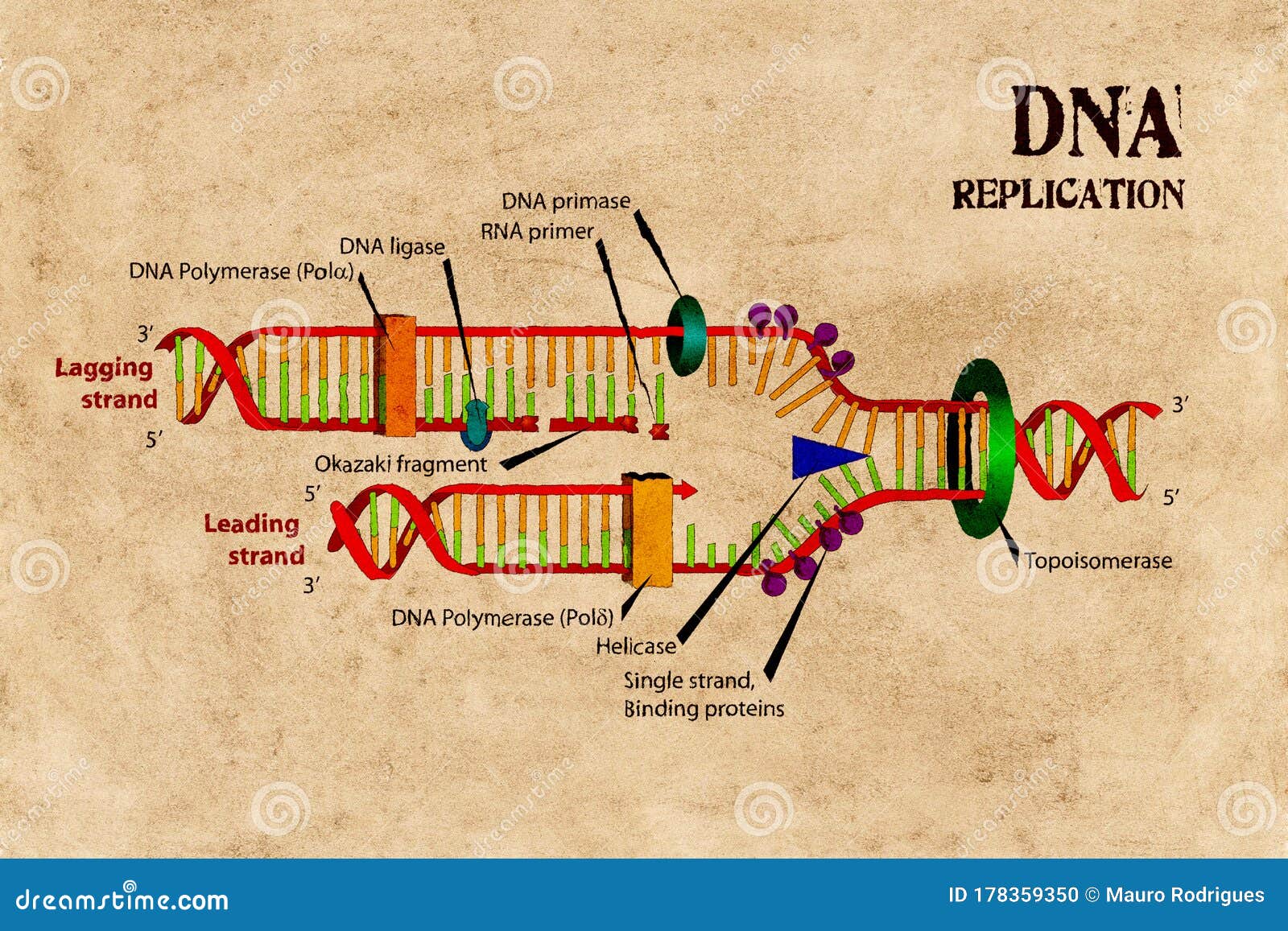
Latest Research and Reviews
View DNA replication Research Papers on blogger.com for free. Skip to main content DNA replication. 5, Followers. Recent papers in DNA replication. Papers; People; Molecular Basis of BACH1/FANCJ Recognition by TopBP1 in DNA Replication Checkpoint Control. Save to Library. Download · DNA replication is a semiconservative process, meaning that for every new pair there is one original strand and one new strand. Initiation. The origin of replication is a sequence of base pairs in the genome where DNA replication begins; these sequences tend to be high in AT content making for easier separation · Figure 1: The DNA replication fork. a, Nucleoside triphosphates serve as a substrate for DNA polymerase, according to the mechanism shown on the top strand. Each nucleoside triphosphate is made up

StatPearls [Internet].
In research of the basic principles of DNA replication, and also in the studies focused on the cell cycle, an important role is played by artificially-prepared nucleoside and nucleotide analogues that serve as markers of newly synthesized DNA. These analogues are incorporated into the DNA during DNA replication, and are subsequently visualized View DNA replication Research Papers on blogger.com for free. Skip to main content DNA replication. 5, Followers. Recent papers in DNA replication. Papers; People; Molecular Basis of BACH1/FANCJ Recognition by TopBP1 in DNA Replication Checkpoint Control. Save to Library. Download DNA replication - Latest research and news | Nature

Related Subjects
· Figure 1: The DNA replication fork. a, Nucleoside triphosphates serve as a substrate for DNA polymerase, according to the mechanism shown on the top strand. Each nucleoside triphosphate is made up · DNA replication is the biological process by which an exact copy of a deoxyribonucleic acid (DNA) molecule is created and it is the basis for biological inheritance. Each of the two strands of the DNA replication or DNA synthesis is the process of copying a double-stranded DNA molecule. This process is important in all known forms of life and the general mechanisms of DNA replication are the same in prokaryotic and eukaryotic organisms. The process by which a DNA molecule makes its identical copies is referred to as DNA replication

Introduction
Dna Replication Research Paper Words 3 Pages Open Document DNA replication, or DNA synthesis, is the process in which makes a copy of itself prior to cell division. Every cell needs a copy of genetic material. The cell needs an entire copy of the DNA molecule, so for humans that means 46 chromosomes in 23 pairs · Figure 1: The DNA replication fork. a, Nucleoside triphosphates serve as a substrate for DNA polymerase, according to the mechanism shown on the top strand. Each nucleoside triphosphate is made up In research of the basic principles of DNA replication, and also in the studies focused on the cell cycle, an important role is played by artificially-prepared nucleoside and nucleotide analogues that serve as markers of newly synthesized DNA. These analogues are incorporated into the DNA during DNA replication, and are subsequently visualized

Publication types
View DNA replication Research Papers on blogger.com for free. Skip to main content DNA replication. 5, Followers. Recent papers in DNA replication. Papers; People; Molecular Basis of BACH1/FANCJ Recognition by TopBP1 in DNA Replication Checkpoint Control. Save to Library. Download Dna Replication Research Paper Words 3 Pages Open Document DNA replication, or DNA synthesis, is the process in which makes a copy of itself prior to cell division. Every cell needs a copy of genetic material. The cell needs an entire copy of the DNA molecule, so for humans that means 46 chromosomes in 23 pairs Knowledge of the structure of DNA enabled scientists to undertake the difficult task of deciphering the detailed molecular mechanisms of two dynamic processes that Estimated Reading Time: 3 mins
No comments:
Post a Comment